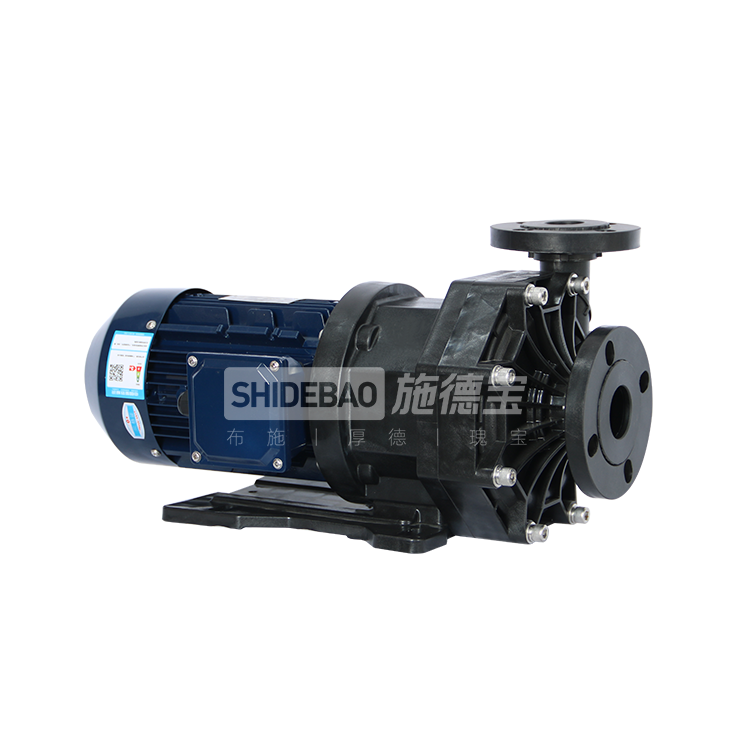Contact Us
|
WeChat
WeChat:+86 189-2947-8410Scanning Code Contact Us

WeChat:+86 189-2947-8410Scanning Code Contact Us

+86 189-2947-8410
The application of water pumps is crucial in many fields such as industrial and urban water supply and drainage, agricultural irrigation, petrochemical and so on. And in the choice of water pumps, vertical pumps and horizontal pumps as two common types, often compared. Which pump is better? This is not a simple two choose one problem, but need to be based on specific application scenarios and technical requirements to decide.

Vertical pumps, as the name suggests, have a vertical structure and are connected in a stack from bottom to top. The connection form of the vertical pump makes it take up less floor space and requires no foundation, which is especially suitable for occasions where space is limited or building investment needs to be controlled. The inlet and outlet calibers of vertical pumps are usually the same and located on the same centerline, which makes it possible to be installed in the pipeline like a valve, not only compact and beautiful, but also easy to install and maintain. Vertical pumps run smoothly with little vibration and low noise, thanks to the reasonable configuration of its motor and pump body bearings, as well as efficient mechanical seals. In addition, vertical pumps can be installed vertically or horizontally according to the requirements of piping arrangement, providing greater flexibility.
However, vertical pumps also have some limitations. Vertical pumps are more difficult to service, as the upper parts need to be removed in order to make repairs. In addition, vertical pumps are sensitive to changes in the viscosity of liquids, which may affect their performance in some specific media. In addition, after a long period of operation of vertical pumps, the sliding bearings under the liquid may need to be replaced, otherwise it may lead to an increase in the centrifugal force of the shaft and a larger value of shaft runout, which may affect the normal operation of the machinery.
In contrast, horizontal pumps have different characteristics. Horizontal pumps lie horizontally on a base and are connected to the motor using a coupling. Horizontal pumps have a simple structure and are easy to maintain, such as the common IS-type centrifugal pumps, which only need to be removed from the inlet pipe to overhaul the impeller. Horizontal pumps have relatively poor self-priming ability, can not pump the medium from the tank below, which to some extent limits the scope of its application. However, horizontal pumps have advantages in occasions with high flow and low head, high efficiency and low impact on pipelines. Horizontal pumps are installed in a low position and are susceptible to moisture and flooding, so attention needs to be paid to their installation environment and protective measures.
When choosing vertical pumps and horizontal pumps, users need to consider a number of factors. If space is limited, or there are strict requirements for the input of the building, vertical pumps are undoubtedly a better choice. The vertical pump also has significant advantages in high-pressure small flow, water level changes in the occasion. On the contrary, if the medium flow rate is large, low head, and the self-priming capacity requirements are not high, the horizontal pump is more appropriate. In addition, users also need to consider the difficulty of pump maintenance, adaptability to the liquid and operating costs and other factors.
In general, vertical pumps and horizontal pumps have their own merits, there is no absolute advantage and disadvantage. In the selection, the user should be based on the actual needs and technical requirements, taking into account the structural characteristics of the pump, performance parameters and application scenarios, so as to choose the most suitable for their own pump type. Only in this way, to ensure that the pump in the application of the best effect, for production and life to provide reliable protection.
